Tough-1 Ice Horse Boot – 101480699
The Tough-1 Ice Boot is the easy and fast way to apply cold therapy. These horse boots stay soft when frozen allowing it to conform to the horse’s leg. Ice boots for horses a great for treating arthritic joints, soft tissue, tendons and ligaments.
The Tough-1 Ice Boot is the easy and fast way to apply cold therapy. These horse boots stay soft when frozen allowing it to conform to the horse’s leg. Ice boots for horses a great for treating arthritic joints, soft tissue, tendons and ligaments.
- 4 “Quick-grip” straps let you determine the amount of compression applied to the leg
- Horse boots fit lower leg or over hock
- Heavy denier nylon shell
- For best results keep ice boots for horses in freezer between uses
- Boots stay soft when frozen to conform to the horse’s leg
Additional information
| Number Of Straps | 4 |
|---|---|
| Outer Material | Nylon |
| Manufacturer Part Number | 67-5690-1-0 |

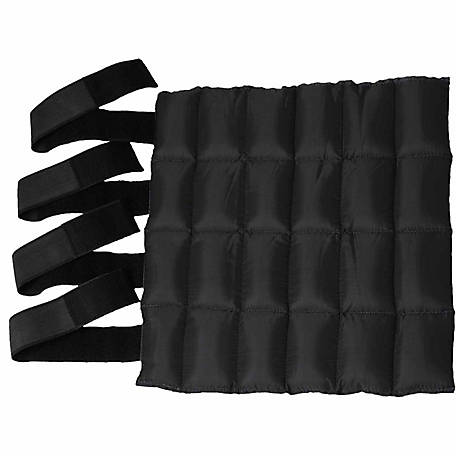

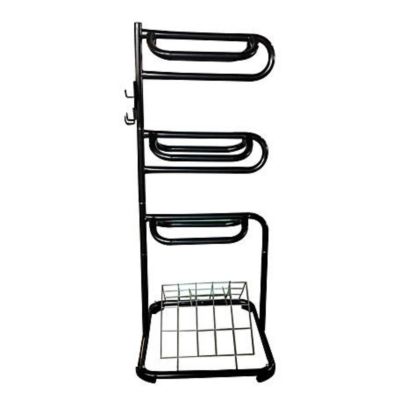


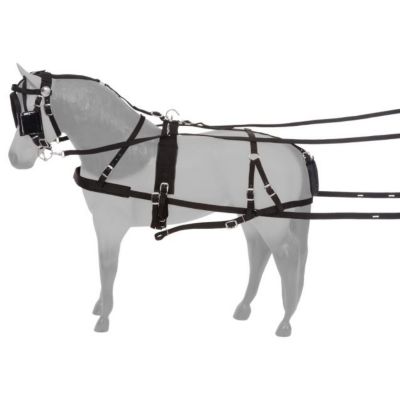
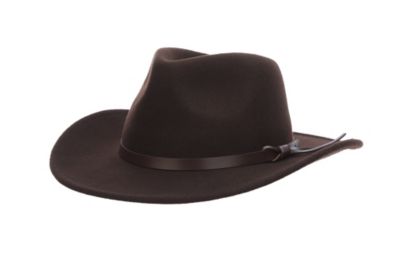


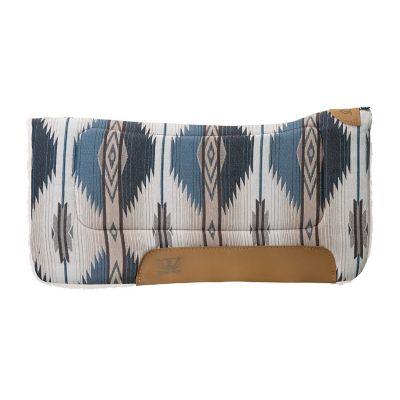
by John
Much more convenient than hosing! Very durable. A little stiff because it is frozen. The velcro straps grab each other when trying to put on.
by Kath
These are the best ice pack ever! Pop them in a freezer and they go on easily. My mare has arthritis and she stands for me to put them on her front legs. They go from the knee to the foot. They are very soothing. Highly recommend these ice boots!
by Chris
I love how there is something for everything! This makes icing so easy. My gelding tore his tendon and this made the whole treatment so much easier, in conjunction with his compression boot and pain medicine.
by Pines
Just what I needed. Flexible design and keeps frozen. Good product for the money.